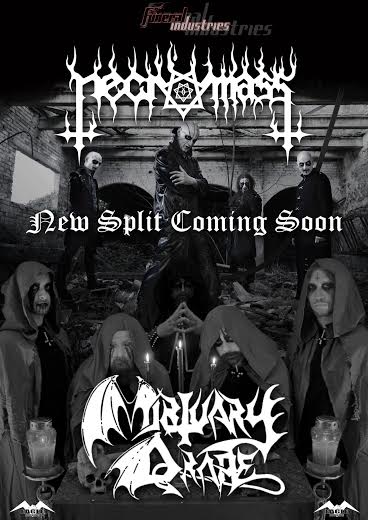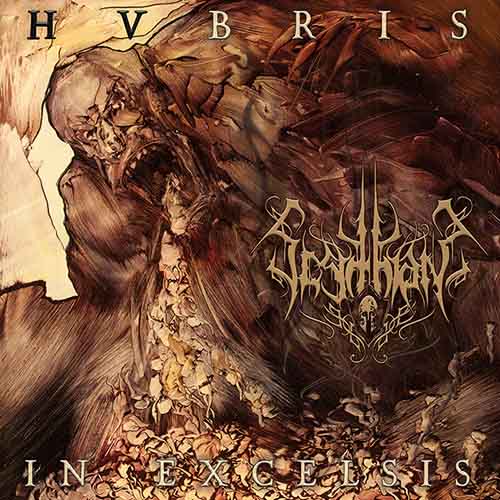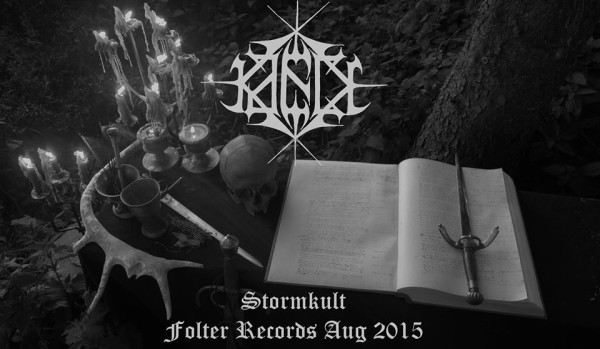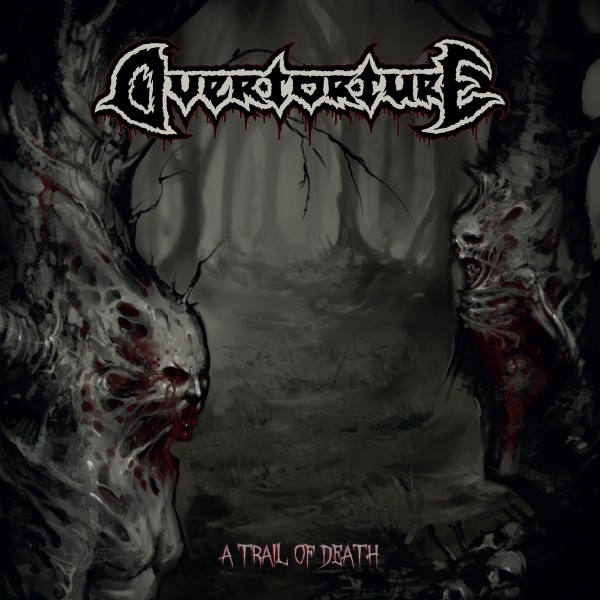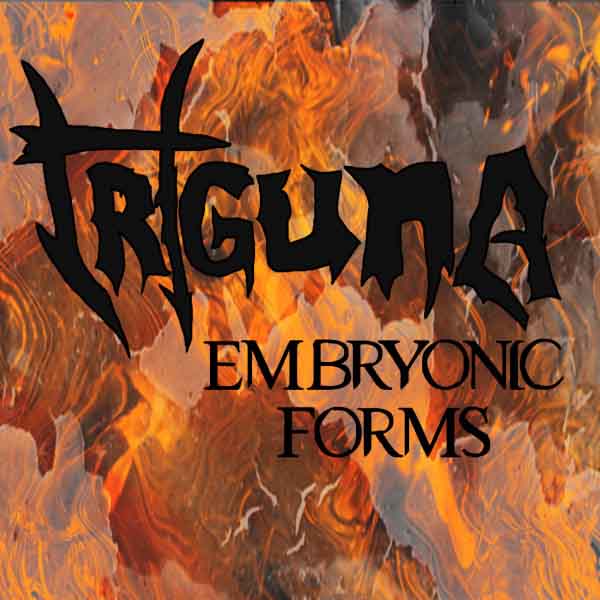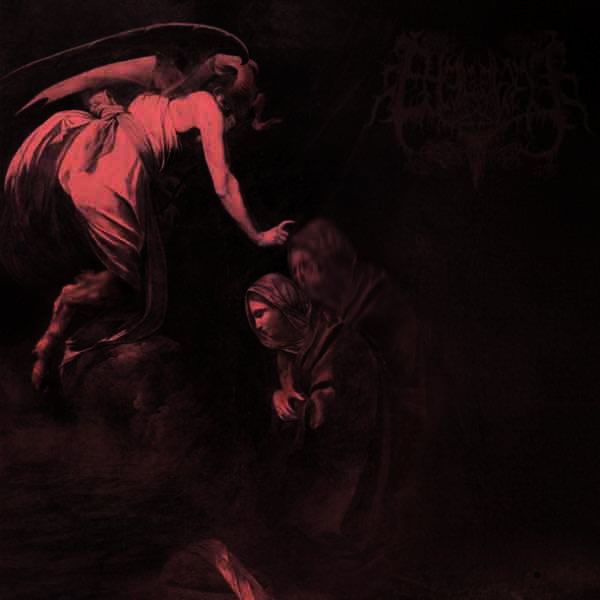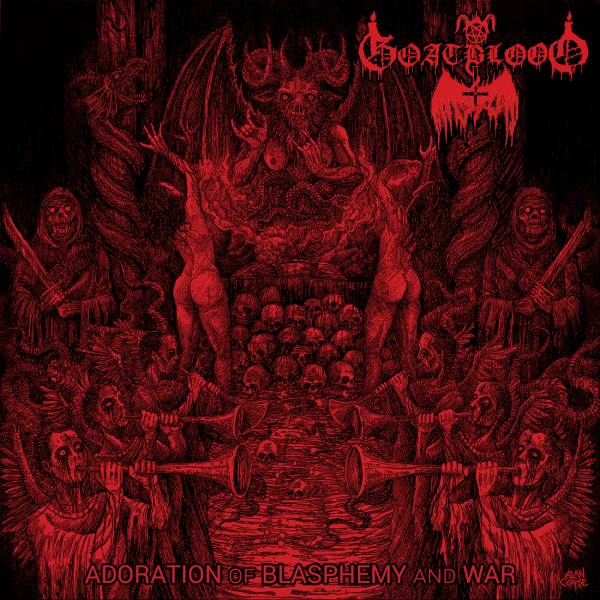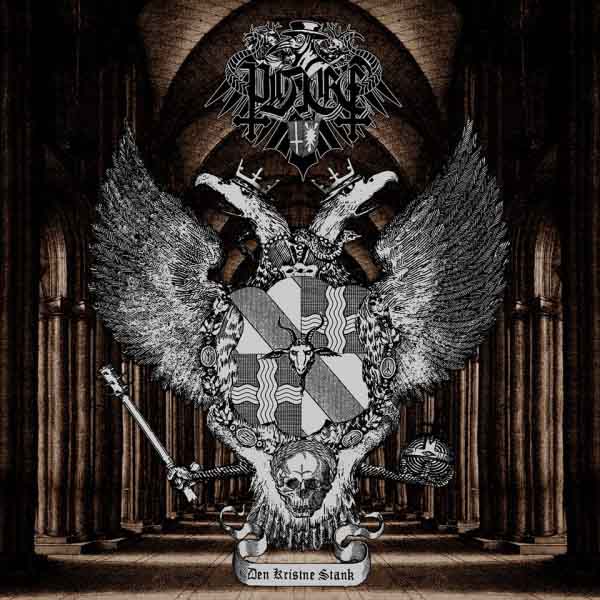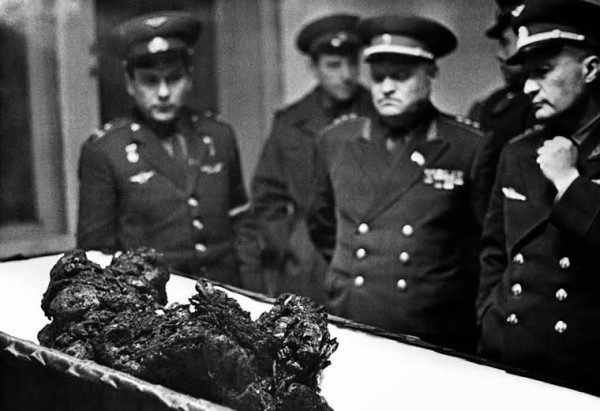
Besides being on the look out for promising bands and nurture them as the future of metal, there is also a place to examine the living corpses of decadent and useless products release by the emotionally needy and artistically impaired. Sadistic Metal Reviews to put the pretentious wankers, the clueless “experimentalists” and the postmodernist “intellectuals” in their place: in line and ready to be disposed of.
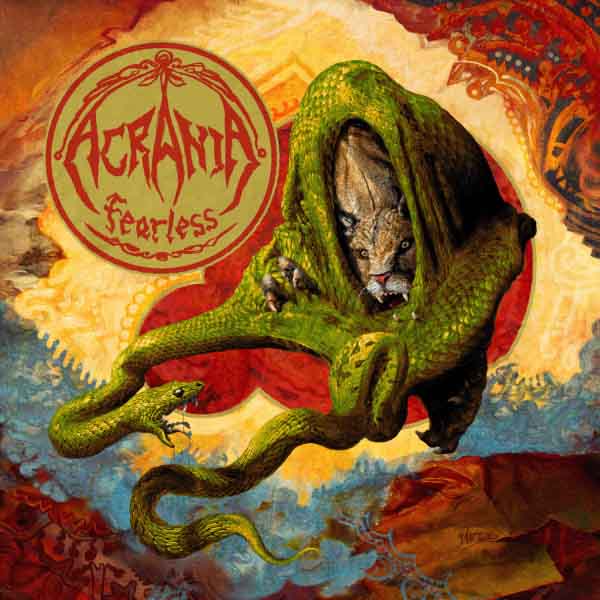
Acrania – Fearless (2015)
Latin jazz deathcore featuring conga breakdowns, sax solos, bass slams, gang chants, tough guy
empowerment lyrics, and At the Gates. This is Elements with ear gauges for those who enjoy the
bongocore of later Sepultura. To improve their future releases, I recommend the band overdose on
artificial opiates cut with chemicals usually found in anti-dandruff shampoos.

Vattnet Viskar – Settler (2015)
Vattnet Viskar are screamo in the same vein as Deafheaven. On Settler they could have attempted to use careful melodies and riff progressions to emotionally convey to the listener the existential nihilism of an ordinary woman attempting to transcend her earthly existence only to be brutally splattered upon the Earth’s surface. Instead they disingenuously pander to a liberal hipster audience for whom Mayhem and Burzum are verboten by pretending to be an acceptable “black metal” band. Major scale tremolo riffs, sludgy hard rock, and hardcore breakdowns are randomly arranged in songs grounded by emotional choruses and vocal hooks. This is not shoegaze; Vattnet Viskar and Deafheaven are as far from My Bloody Valentine as they are from Darkthrone. Post-hardcore with comprehensible screeching as the primary emotional vehicle is screamo. Those who eat this album up and genuinely think it is true black metal are just deluding themselves about progressing beyond their whiny teenage musical tastes.
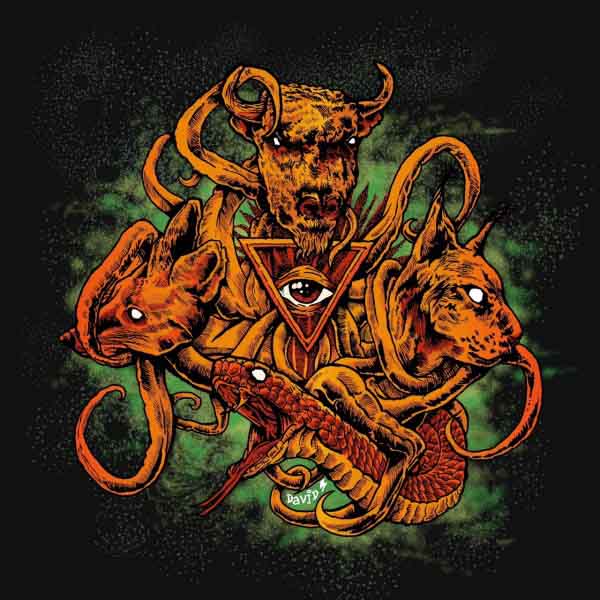
Gyre – Moirai (2015)
Gyre exploit the misguided nu-metal commercial revival driven by millennial ex frat boys wishing todefend their shitty taste as mall-dwelling tweens. Moirai is a nu-metal album with djent chugging and afew speed metal solos just in case a member of the target audience is the air guitar type. PreventingGyre from achieving financial success with this artistic failure is their lack of name recognitioncompared to Fred Durst and Serj Tankian. Thus Gyre are best advised to run back to the brostep clubs and never return.
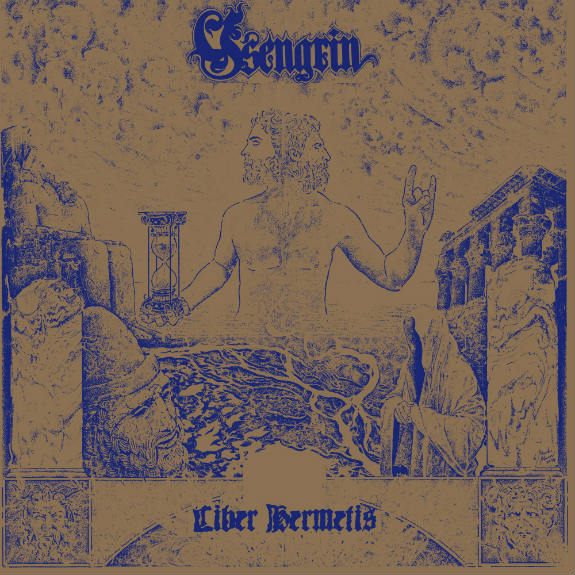
Ysengrin – Liber Hermetis (2015)
Arranging simplified, slowed down Megadeth riffs around boring acoustic interludes doesn’t make for effective thrash and doom metal. Claiming to be blackened death metal as you play those riffs through distortion pedals into crappy solid state amps to get a more fuzzy than bestial guitar tone means you fail two more genres. Go listen to Rust in Peace again instead of subjecting yourself to this unnecessary career retrospective.
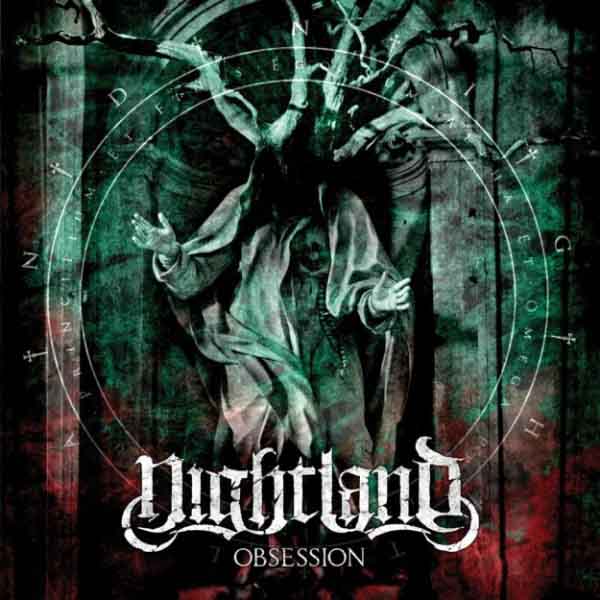
Nightland – Obsession (2015)
Slaughter of the Soul riffs? Check. Hit people breakdowns? Check. Random songwriting? Check. Metalcore with orchestral fluff played by guys in leather dresses is still metalcore. This time it’s just marketed toward fat Nightwish goths and frilly-shirted Fleshgod Apocalypse fans.
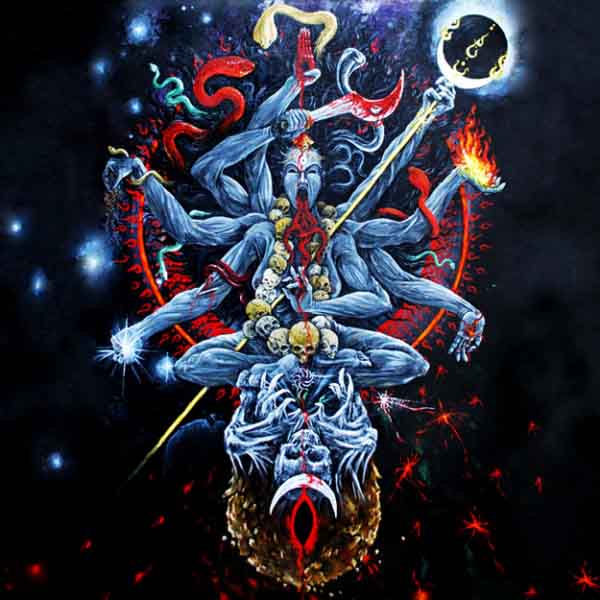
Cult of Fire – मृत्यु का तापसी अनुध्यान (2013)
Here Cult of Fire randomly mix stolen Bathory, Immortal, and Emperor riffs with Abba keyboards and pointless eastern music into a pathetic failure of black metal. This album is yet more proof of how easily the basic compositional requirements of the genre can escape even the most technically accomplished musicians.
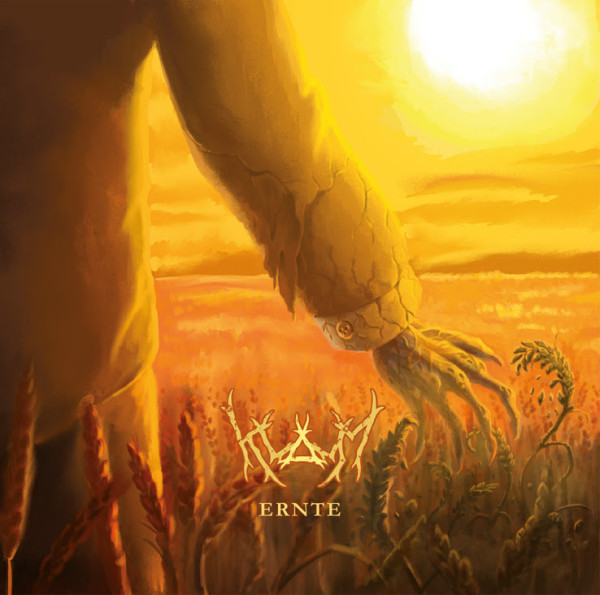
Klamm – Ernte (2015)
Blackened folk singalongs played by German hipsters? This music is the result of too much cuddling and too little beatings. Dumb to the point of being exasperating, Klamm tries to fulfill ideological cliches of what both folk and black metal represent. Press stop to leave the beer hall.
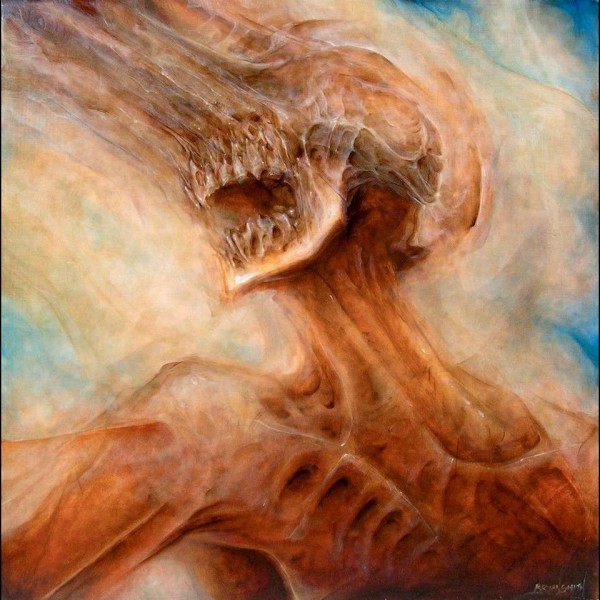
Horrendous – Ecdysis (2014)
Steal Heartwork riffs, run them through a Boss HM-2 pedal, and throw in some random Journey to pad out the tracks. Contrary to the title and cover art, this pretentious pseudo-Swedeath fails to shed its melodeaf skin. The only thing this album transcends is listeners’ patience when it assumes they are intellectually disabled by building multiple nu songs from the riffs in one very popular older song called Heartwork. Horrendous prove themselves musically no better than Archenemy and far inferior to them when it comes to musical common sense.
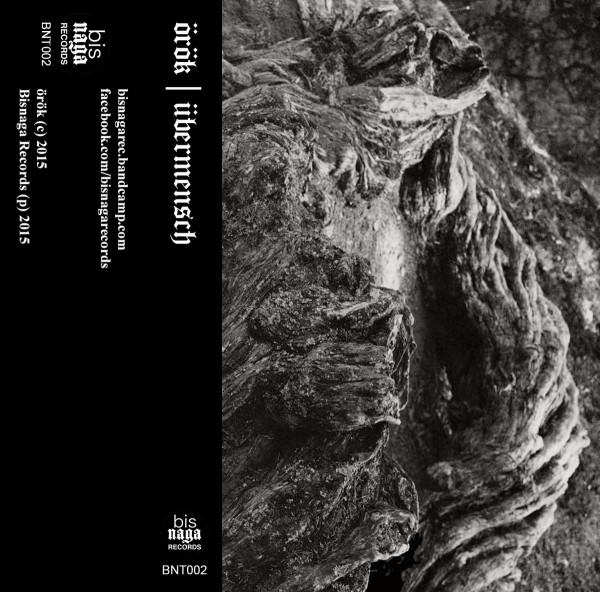
Örök – Übermensch (2015)
Coming from the spiritual-minded ambient “black” metal camp, this self-absorbed music is so ego-centric it somehow manages to be unaware of its stagnancy, vacuity, it’s lack of proposal and direction. As the title indicates, rather than an excellent specimen’s product, this is more of a diva’s self-appraisal. Untermensch.
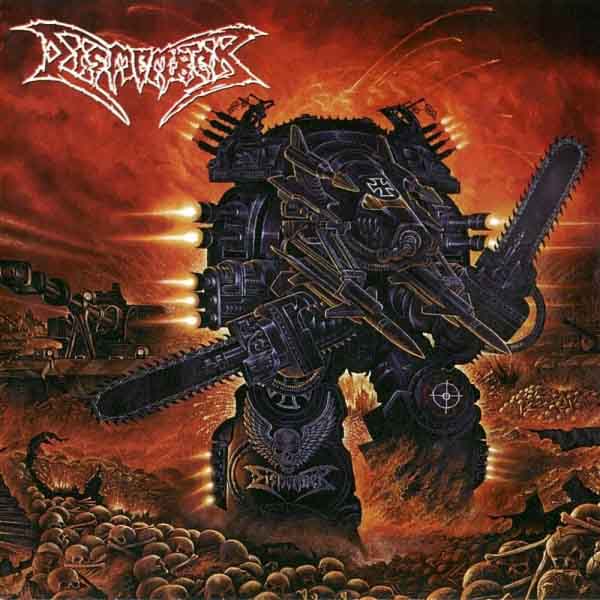
Dismember – Massive Killing Capacity (1995)
After the commercial success of Entombed’s Wolverine Blues, money-grubbing record labels pressured the rest of the big Swedish death metal bands to pander to the Pantera crowd. Dismember turned down the distortion and gazed back to seventies rockers Kiss and Deep Purple for inspiration. Unfortunately, downtuned and distorted butt rock riffs coming out of JCM 900 heads are still butt rock riffs. A few songs that rip off Dismember’s own prior good work and Metallica’s Orion make this slightly more listenable than the aforementioned Wolverine Blues but do not come close to alleviating this death ‘n’ roll turkey’s massive shitting capacity. This is Highway Star death metal.
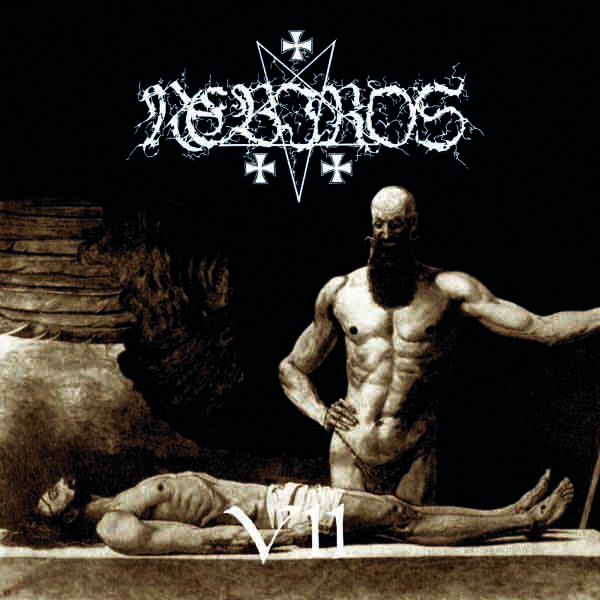
Nebiros – VII (2015)
Mellotrons and makeup do not paint your metal black. These overlong songs are structured around
deathcore breakdowns and stolen Gothenburg riffs. This is more Heartwork for subhumans than a Pure Holocaust.
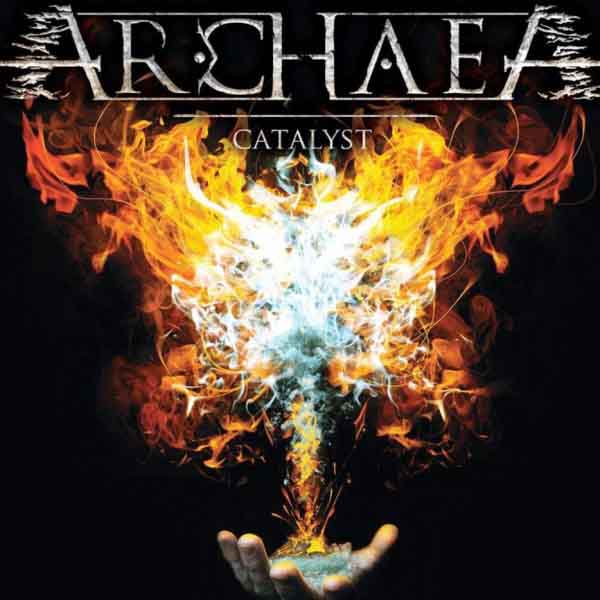
Archaea – Catalyst (2015)
One could say this sounds like Unleashed only if Unleashed were one of those deathcore bands from five years ago with the token female keyboardists. This is a stereotypical blend of polka beats, breakdowns, Gothenburg candy melodies, and keyboard leads. Listening to it makes me want to lay my head down upon the train tracks just so an overweight man in a jumpsuit embroidered with his own name will be forced to power wash my brains off to the sweet voice of Kenny Rogers.
14 CommentsTags: 2015, Acrania, Archaea, Catalyst, Cult of Fire, Dismember, Ecdysis, Ernte, Fearless, gyre, Horrendous, Klamm, Liber Hermetis, Massive Killing Capacity, Moirai, Nebiros, Nightland, Obsession, Örök, sadistic metal reviews, Settler, Übermensch, Untermensch, Vattnet Viskar, VII, Ysengrin
